Poor Man's Covered Call Explained

Poor Man's Covered Call Explained
By:Kai Zeng
Also known as a synthetic covered call, the options strategy is ideal for smaller accounts
- For the year, markets are up, implied volatility is down.
- The poor man's covered calls strategy (PMCC) can be a profitable technique, especially in a less volatile stock market.
- PMCC is an efficient use of capital.
The overall market is close to historical highs, resulting in a decrease in overall market implied volatility. In options trading, strategies play a crucial role in maximizing returns and managing risk.
However, with more than 90% of options strategies focusing on volatility selling, the current low implied volatility poses challenges for options traders seeking profits.
Poor man's covered calls (PMCC)
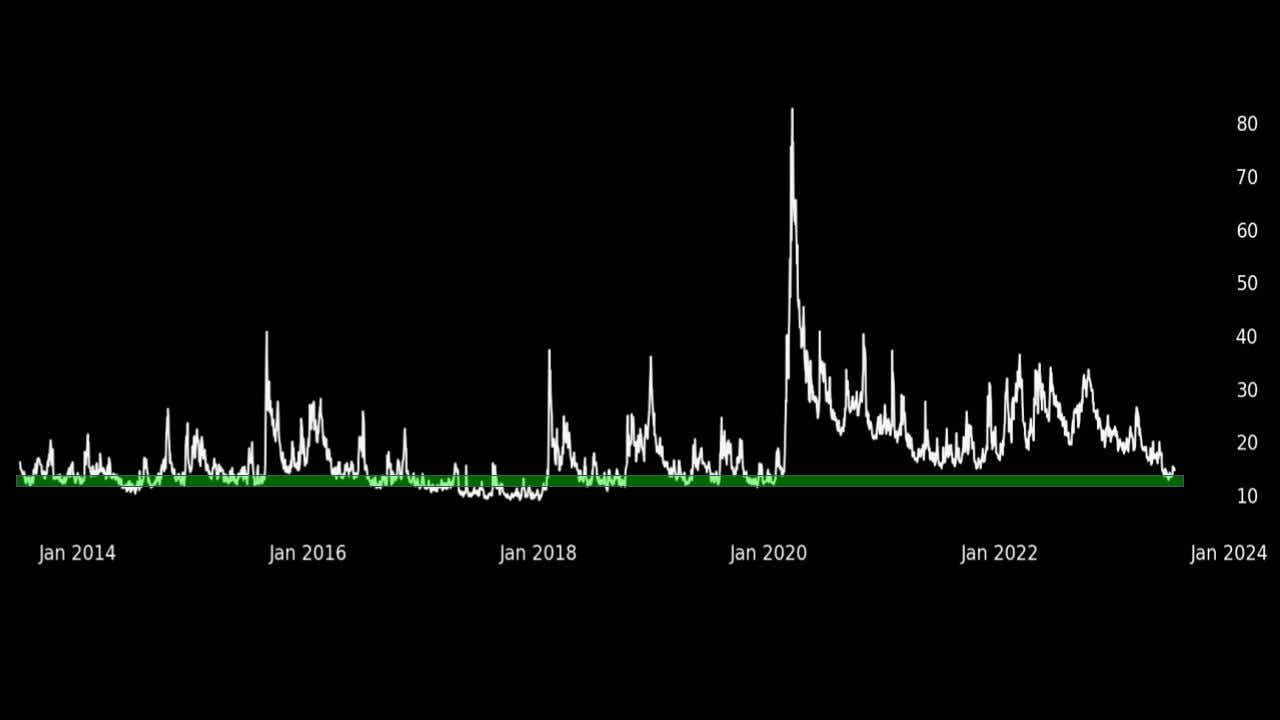
One effective options strategy, particularly in low-volatility market, is known as the "poor man's covered calls" or PMCC. This strategy involves purchasing a long call option with a longer expiration date and then selling a shorter-term option against it.
While this is similar to the traditional covered call strategy, there are some key differences. The PMCC replaces the need for a long stock position in the covered call strategy by using an in-the-money long call option, which reduces the buying power requirement and potentially increases returns on capital.
For those already familiar with the concept of time spread, specifically the diagonal spread, the PMCC is essentially a bullish diagonal spread. Like any time spread, the PMCC is a long-implied volatility strategy that benefits from an increase in implied volatility. One important distinction between time spread and non-time spread strategies is the flexibility to choose different long call expiration cycles.
Optimal durations
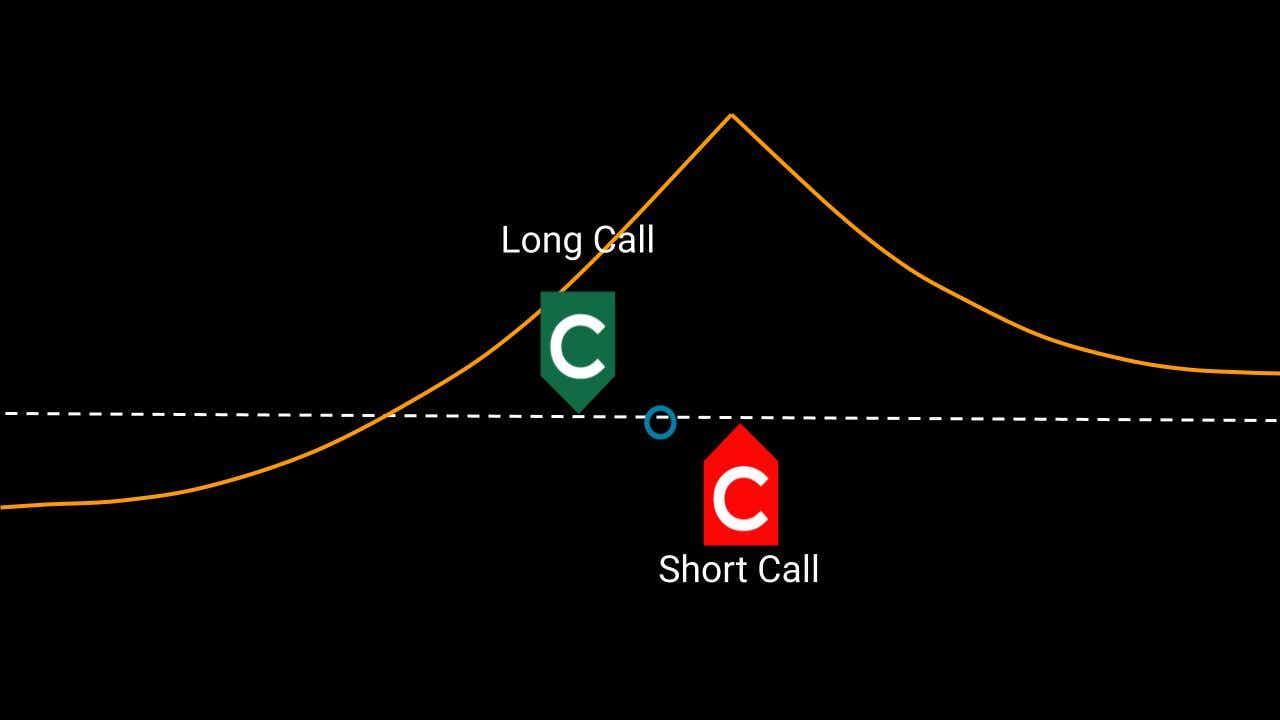
To determine the optimal duration for the long call option in the PMCC, a study was conducted to evaluate the effectiveness of different durations on the SPY (S&P 500 ETF). In the study, a front month, out-of-the-money call option with 45 days-to-expiration and a 30 delta was sold, while a longer-term, in-the-money call option with a 70 delta (to mimic a long stock position) was purchased with varying durations. The results were recorded upon expiration of the front-month option.
A call option with a duration of six months or more behaves more like a stock and is less sensitive to fluctuations in the stock's price. The average profit/loss for each trade is higher for longer expiration positions. However, a call option with a shorter duration, such as 45 to 180 days, requires less buying power and has the potential for higher returns on investment.
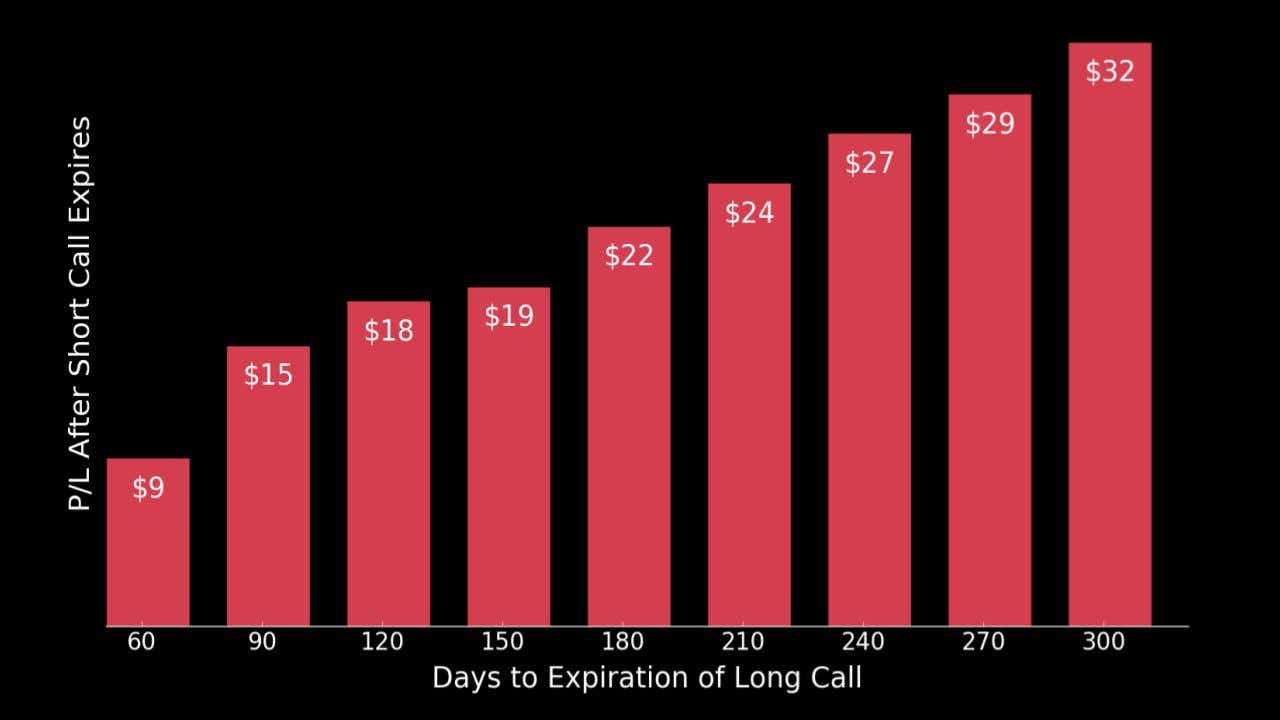
The study showed the success rate only marginally improved with longer-duration calls, suggesting that buying a longer option does not necessarily enhance profitability.
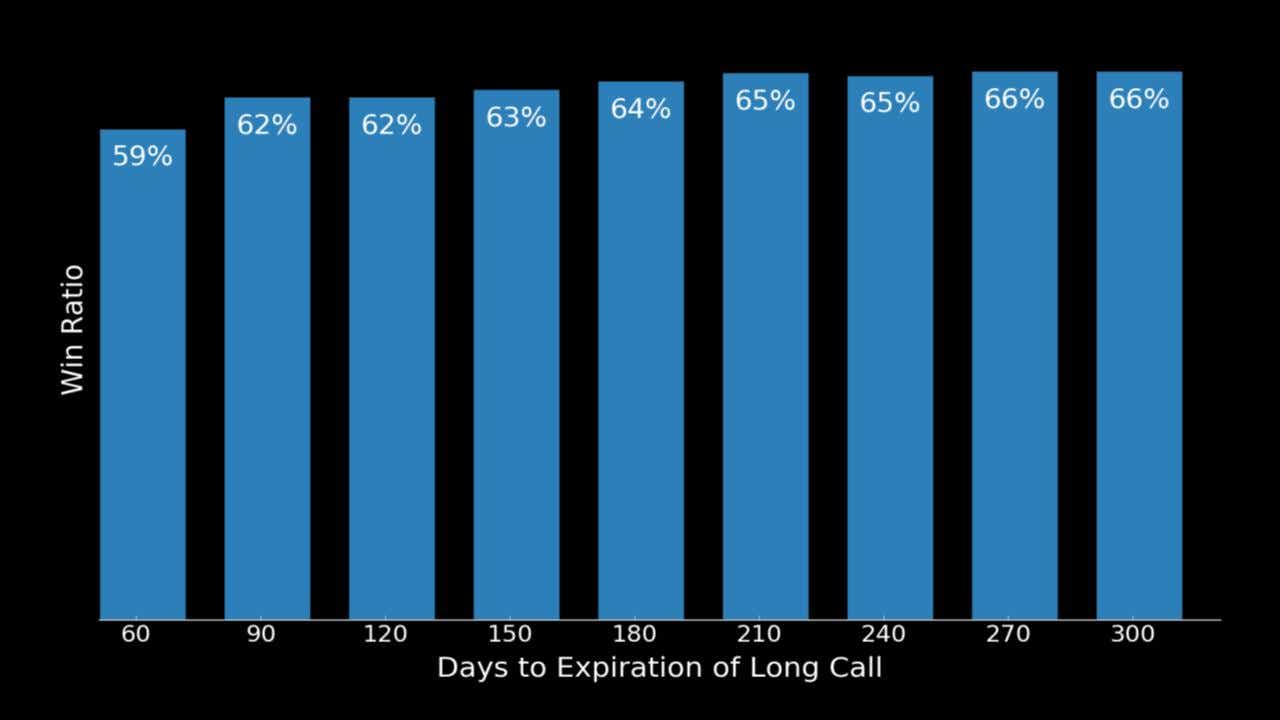
The study revealed the optimal time frame for the long call option in the PMCC strategy is between 90 and 150 days in terms of daily return on capital for each position. This duration not only resulted in high success rates but also reduced the required buying power. This finding is particularly useful for traders looking to optimize their investment strategies.
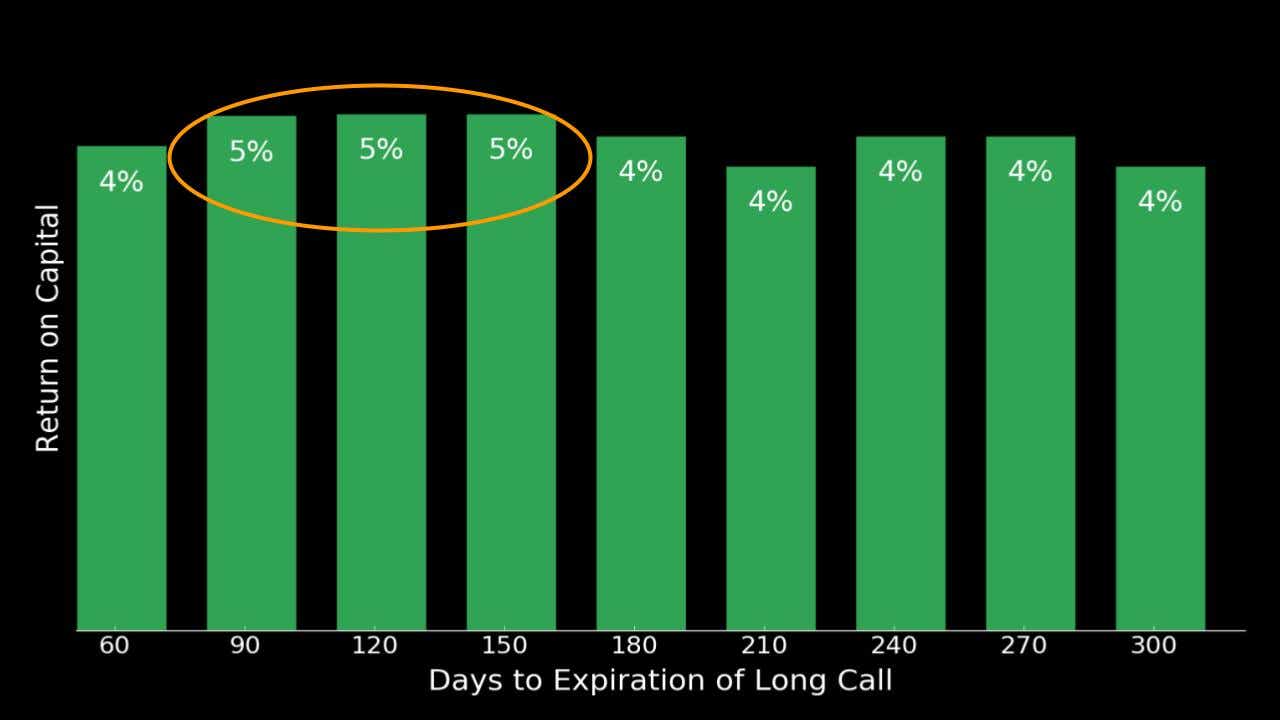
An efficient use of capital
In conclusion, the poor man's covered calls strategy proves to be a profitable technique, especially in a less volatile stock market. By selecting a long call option with a duration between 90 and 150 days, traders can maximize returns while still maintaining a great probability of success.
This strategy is efficient in terms of capital utilization and takes advantage of positive market trends. Whether you are an experienced trader or a novice, incorporating this strategy into your trading toolkit has the potential to enhance your trading outcomes and contribute to your financial success.
For more on the Poor Man's Covered Call, watch the video below.
Kai Zeng, director of the research team and head of Chinese content at tastylive, has a 20-year background in derivatives trading and market experience. He cohosts multiple live shows, including From Theory to Practice and Building Blocks. @kai_zeng1
For live daily programming, market news and commentary, visit tastylive or the YouTube channels tastylive (for options traders), and tastyliveTrending for stocks, futures, forex & macro.
Trade with a better broker, open a tastytrade account today. tastylive, Inc. and tastytrade, Inc. are separate but affiliated companies.
Options involve risk and are not suitable for all investors. Please read Characteristics and Risks of Standardized Options before deciding to invest in options.